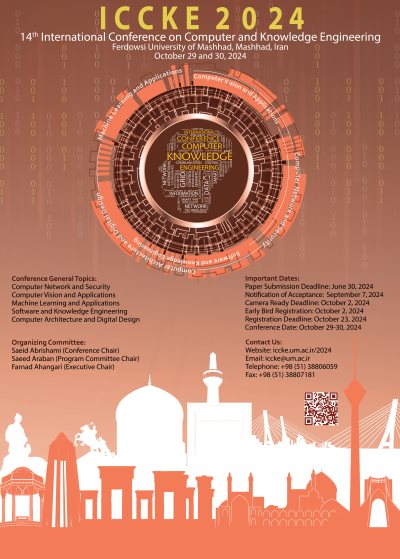0% Complete

Authors :
Keywords :
Abstract :
List of archived papers
Javad Mirzapour Kaleybar - Hooman Khaloo - Avaz Naghipour
Hoda Mosadegh - Nazbanoo Farzaneh
Maria Salehpanah - Jafar Tanha - Zahra Jafari - SeyedEhsan Roshan - Sajad Rezaei
Pegah Shams jey - Arash Hemmati - Ramin Toosi - Mohammad ali Akhaee
Dennis A/L Mariadass - Ervin Gubin Moung - Maisarah Mohd Sufian - Ali Farzamnia
Behdad Sadeghian Pour - Hamidreza Mohammadi Jozani - Shahriar Baradaran Shokouhi
Hananeh Sadat Madinei - Mohammad Reza Keyvanpour - Seyed Vahab Shojaedini
Mohammed Wadi - Wisam Elmasry - Ismail Kucuk - Hossein Shahinzadeh
Avisa Fallah - Ali Keramati - Mohammad Ali Nazari - Fatemeh Sadat Mirfazeli




